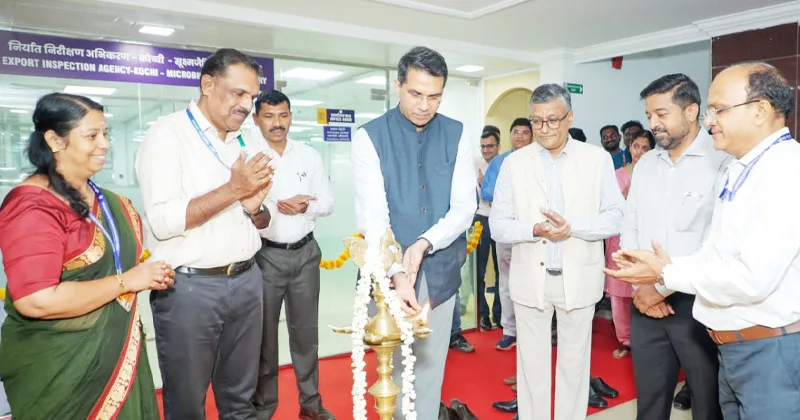By Irishexaminer.com,Martin Claffey
Copyright irishexaminer

“We also need to look beyond the traditional definition of working age population as 15-60/64 years of age and boost participation in the post-60/65 population. In a world of longer lifespans and health spans, sustaining living standards will need people to work beyond what is currently considered ‘typical’ retirement age,” Mr Makhlouf said.
In his speech, Mr Makhlouf noted that between 2024 and 2027 the euro area working age population is projected to fall by 0.7% (or 1.5m workers between the ages of 15 and 64). The longer-term impact is stark: the ‘old-age dependency ratio’ in the euro area – that is, the population aged 65 and over as a proportion of the population aged 15-64 – is set to increase sharply from 33.7 in 2022 to 51.2 in 2050,” said Mr Makhlouf.
Mr Makhlouf predicted that with older cohorts consuming more healthcare and age-related services; relative price increases in those areas may become more entrenched. “The balance of these effects is hard to predict, but one potential outcome is higher structural inflation in labour-intensive, non-tradable sectors (i.e. services), even as weak aggregate demand keeps headline inflation subdued,” he said. “This creates an environment in which inflation dynamics are increasingly segmented, complicating the job of central banks that aim to stabilise prices economy-wide.”
Governor Makhlouf said that with shrinking populations, increasing labour force participation is a necessary part of the solution. “This could allow time for governments to develop and implement other policies, mainly around labour force participation and productivity,” he said.
Mr Makhlouf said that implementing the proposals in the Draghi and Letta reports – mainly around completing the savings and investment union and removing barriers that restrict trade in goods and services in the EU single market – must be a priority to drive growth in Europe.
The Central Bank governor also called for increased focus on AI technology. “What we have seen so far in terms of the use of AI, including in my own organisation, suggests that it has the potential to disrupt existing employment patterns, both as a substitute for existing labour through the automation of certain tasks and as a complement to existing skills. Together, this will create new opportunities for workforce growth and productivity gains. We need to prepare now for the changes that are coming.”
He predicted this would require more flexible labour markets that allow for worker mobility within and between firms, as well as across sectors and occupations. “It also means providing training opportunities for workers – both younger and older – to drive upskilling and support transitions to new roles that may not even exist yet.”
“To sum up, what the data is telling us is that our societies are facing a series of important choices if we want to sustain or improve our future living standards (or, perhaps more accurately, for some of us at least, the living standards of our children and grandchildren).”



